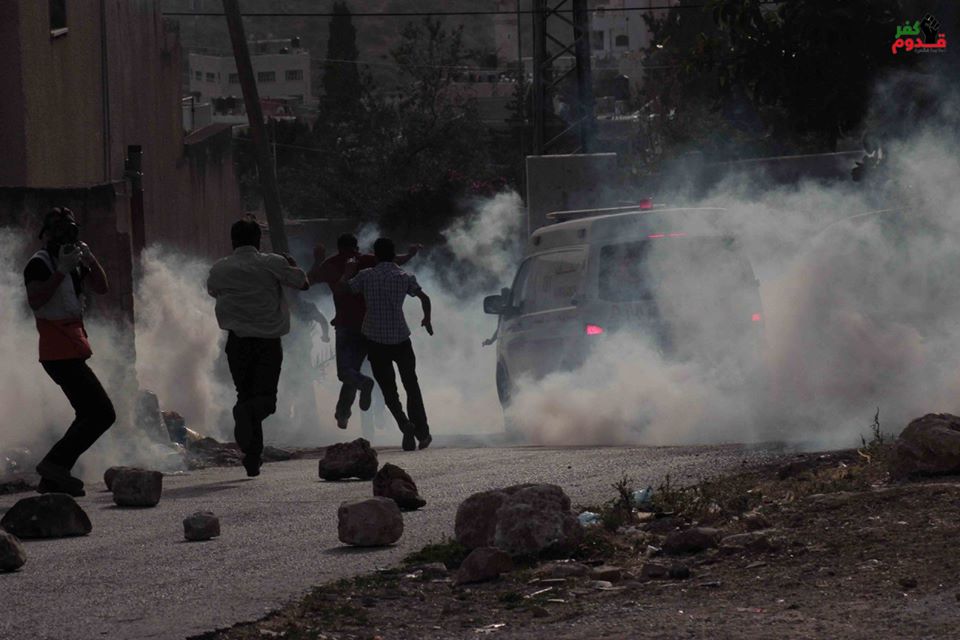Tag: Ethnic Cleansing
-
Hebron Human Rights Defender testifies in case of execution of Abdel Fattah al-Sharif
8th June 2016 | International Solidarity Movement, al-Khalil team | Hebron, occupied Palestine On Wednesday, 8th June 2016, human rights defender Imad Abu Shamsiyah testified in Israeli court in the case of the extrajudicial execution of Abdel Fattah al-Sharif on 23th March 2016 in occupied al-Khalil (Hebron). Abdel Fattah al-Sharif and Ramzi Aziz al-Qasrawi were…
-
In memory of a hero from Ni’lin: Aqil Srour
5th June 2016 | International Solidarity Movement, al-Khalil team | Hebron, occupied Palestine 7 years ago today, Aqil Srour was murdered by an Israeli sniper in the occupied West Bank village of Ni’lin, near Ramallah. He was shot straight in the heart when coming to the rescue of a 16-year old boy that was shot…


